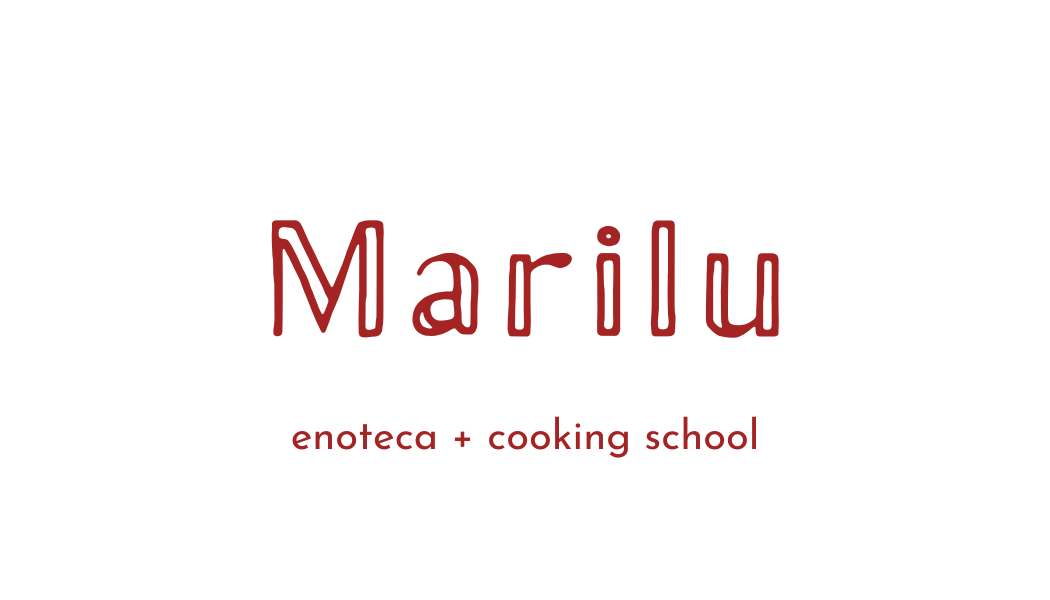What is natural wine?
A lot of weight is placed on this word. It gets thrown around quite a lot in the wine world, so we personally try to avoid it, preferring the term “low intervention”. What does “natural” or “low intervention” really mean when it comes to describing wine?
Part of the problem is there is no set definition for “natural wine.” On Wine Folly Madeline Puckette describes natural wine as, “the unfiltered, untamed, un-photoshopped version of what we know to be wine.” But this doesn’t represent all natural wines — some natural wines for sure, but it doesn’t give the whole picture.
{The vineyards of La Staffa in Le Marche.}
In the Oxford Companion to Wine it describes natural wine as having manually picked grapes from sustainable, organic or biodynamic vineyards, coming from small, independent producers, with no added yeast (so only natural yeasts are used for fermenting), or yeast nutrients and with little to no sulfites.
This description sounds ideal, but we have heard some people say that they don’t like natural wines, that they are too “funky” for their tastes. But this is a generalisation. It isn’t the defining characteristic of natural wines, natural doesn’t equal funky. We like funky. But we also love elegant wines. And we even love elegant and funky wines (they aren’t mutually exclusive).
“We have become used to wines since the 70s and 80s that have been manufactured in a certain way. Anything that is ‘funky’ is just different from what you know and are used to. We have been trained to like standard, ‘clean’ wines that taste of what you expect them to taste like,” says sommelier Marco Lami.
Funky is also not his favourite word, he goes on to point out that it is not a good descriptor as it doesn’t tell you anything, it just means it is different from what you are used to and quite often that ‘funk’ is something that will lead to some extra complexities if you give the wine time to express itself.
What we personally look for in food and in wine is the same: as little fiddling around as possible. Unprocessed. Little or no additives. Always organic, possibly biodynamic, sustainable. A connection to the territory: local, heirloom, native. Traditions. The thought and care of the producer for the product and for the land. And of course, something absolutely delicious.
We like this alternative definition of natural wine: Nothing is added and nothing is taken away, as much as possible.
There is a mistake in thinking that wine itself is a natural product. It isn’t, it is actually a temporary state — let the fermented grapes go and they will just become, in the best case scenario a lovely vinegar. The idea of natural winemaking is to let the grapes express themselves while being expertly guided by the winemaker. It can be defined “natural wine” when the winemaker intervenes as little as possible (here, the term “low intervention” is self-explanatory) at the right moments, but you need a huge large amount of knowledge and skill — more than what you would need to make conventional wine — for this to work out well.
Natural wine is not so much a “recipe” as many conventional wines are. Think of it this way, even an amateur cook can follow a recipe and it can turn out okay but to take an ingredient and make it shine and express itself fully, while doing as little as possible to it, you really need to know what you are doing and you need to do it well. And this is where potential quality comes from, along with the fruit itself — and starting with grapes that are organic or biodynamic and hand-picked are just the beginning.
This is just the tip of the iceberg; there is so much more to discover and discuss, preferably over a tasting of some interesting low intervention wines! If you would like to know more, join Marco on our Introduction to Natural Wine course, where we spend half a day in a beautiful biodynamic Tuscan winery or email us at vino@enotecamarilu.com for more information.

